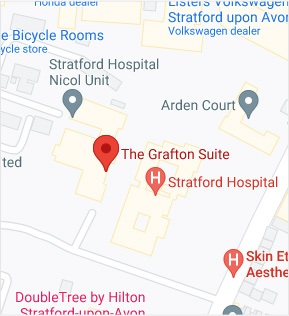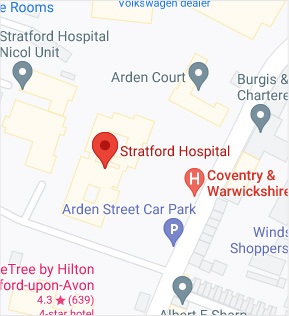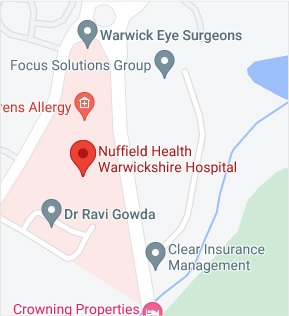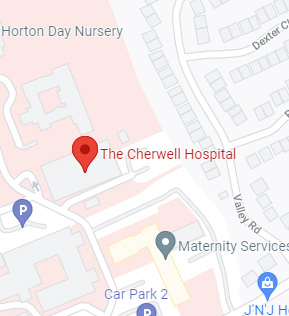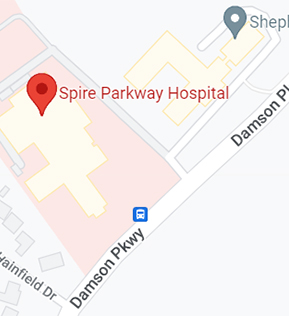What is LRTI?
LRTI (ligament reconstruction and tendon interposition) is a surgical procedure that is most commonly conducted to treat thumb CMC (carpometacarpal) arthritis where the damaged joint surfaces are removed and replaced with a cushion of tissue that keeps the bones separated. To achieve this objective, surgeons remove part or all of the trapezium bone in the wrist.
What is CMC Arthritis of the Thumb?
The bones of the thumb consist of 3 joints; interphalangeal (IP) joint, metacarpophalangeal (MP) joint, and carpometacarpal (CMC) joint. The carpometacarpal (CMC) joint is located at the base of the thumb and attaches the base of the thumb to the wrist and the base of the fingers to the hand. In the thumb, the CMC joint is formed from two bones, the metacarpal and trapezium, and allows the hand to grasp objects with a strong grip.
CMC arthritis of the thumb occurs when the cartilage wears away and the bones rub against each other causing inflammation and pain. CMC arthritis of the thumb is more prevalent in women than men. Women older than 50 are 10 to 20 times more likely than men to develop arthritis of the thumb.
What are the Indications for LRTI?
LRTI is usually indicated for individuals with symptomatic and severe CMC joint arthritis who have difficulty pinching or gripping with their thumb, and the condition has not responded to conservative treatment options.
Causes of CMC Arthritis of the Thumb
Some of the common causes of CMC arthritis of the thumb include:
- Advanced age
- Wear-and-tear
- Genetic factors
- Trauma
- Inflammatory arthritis, such as rheumatoid arthritis and lupus
Symptoms of CMC Arthritis of the Thumb
Some of the common symptoms of CMC arthritis of the thumb include:
- Difficulty grasping and pinching
- Pain at the base of the thumb
- Stiffness
- Swelling
- Malformation
Diagnosis of CMC Arthritis of the Thumb
If the pain starts to interfere with your activities of daily living, then a visit to a doctor could be helpful. Your physician will review your medical history and conduct a thorough physical examination. During the examination, your physician will manoeuvre the thumb and check for range of motion. Your physician may notice grinding when manoeuvring the thumb in a certain way. Your physician may also order X-rays to confirm the diagnosis.
LRTI Procedure
The procedure is performed under regional or general anaesthesia and involves the following steps:
- A surgical cut is made in the forearm.
- The FCR (flexor carpi radialis) tendon that is instrumental in the action of bending your wrist, is cut.
- A hole is made in the metacarpal bone of the thumb and the free end of the FCR tendon is passed through it and sewn back onto itself.
- The remaining portion of the FCR tendon is cut off and preserved in gauze.
- A section of the tendon tissue is utilised to reconstruct the ligament of the CMC joint.
- The remaining, longer portion is rolled up into a coil called an anchovy.
- The “anchovy” is placed in the CMC joint to give the cushioning effect that the cartilage used to provide.
- Surgeons can also use artificial “anchovies” that eliminate the need to move a tendon.
- To maintain the proper positioning of the thumb and wrist, specialised pins or wires, such as K-wires, are placed in the hand and removed 4 weeks after surgery.
Postoperative Care and Instructions
Post-surgery, you will be taken to the recovery room where you will awake from sedation, and you will be able to return home the same day. You can return to work within a week of the surgery with restricted activities. A splint is applied that you will have to wear for at least a week. After a week, you may be transitioned to a cast if necessary. You need to keep your hand elevated at all times for the first month. Your physician may recommend a foam wrist-elevation pillow or other devices. Surgical dressings will be changed in 1 or 2 weeks. Range of motion exercises for fingers and thumb will be advised. After a month, stitches and K-wires will be removed. In the second month, you will be given a thumb splint called a Spica splint, which attaches to your forearm. It supports the CMC joint and immobilises the MCP joint of the thumb without obstructing hand movement. A physiotherapy programme will be recommended for strengthening of the wrist and forearm. By the beginning of the third month, you will be weaned off the splint and can gradually return to normal daily activities.
Advantages and Disadvantages of LRTI Procedure
Advantages of the LRTI procedure include:
- Eliminates the possibility of arthritis returning
- A high success rate of 96%
- Total pain relief
- Mobility similar to that of a healthy thumb
- The results of the procedure can last anywhere from 15 to 20 years
Disadvantages of the LRTI procedure include:
- A lengthy and sometimes painful recovery and rehabilitation period that requires at least 4 weeks of wearing a thumb cast
- Patients may experience reduced pinching strength making grasping and holding objects difficult
- May noticeably shorten the thumb
- Limited repair options if symptoms persist post-surgery as the entire trapezium is removed during the procedure


 REQUEST AN APPOINTMENT
REQUEST AN APPOINTMENT



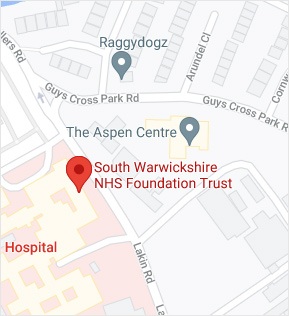
 Ext 4798
Ext 4798